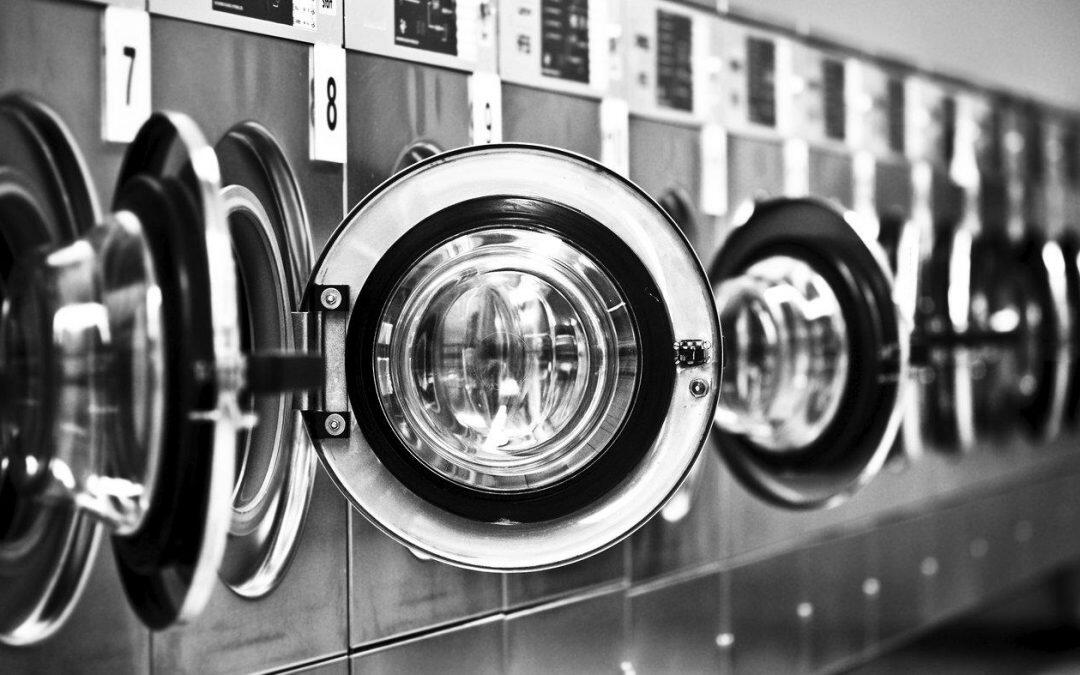A study by the University of Plymouth examined the mass, abundance and size of the fibers present in the effluent waste after washing synthetic fabrics at normal temperatures of 30 and 40 degrees Celsius.
More than 700,000 microscopic fibers can be released in wastewater during each use of a household washing machine, and much can overcome debugging and end in nature.
A study by the University of Plymouth examined the mass, abundance and size of the fibers present in the effluent waste after washing synthetic fabrics at normal temperatures of 30 and 40 degrees Celsius.
It was found that hundreds of thousands of tiny synthetic particles could be released into every wash, confirming that washing clothes is an important source of microscopic fibers into the aquatic environment.
The research, published in Marine Pollution Bulletin, was led by doctoral student Imogen Napper together with Professor Richard Thompson, who is an international expert in micro-plastics and marine debris having worked in this field for more than 20 years.
“It is expected that the amount of micro-plastics in the environment to increase in the coming decades, and there is concern about the possibility of having harmful effects if ingested. But while the release of tiny fibers due to washing of textiles has been widely suggested as a potential source, there has been little quantitative research on its relevant, or on the factors that can influence such discharges importance, “the authors explain their research to put into context.
For the study, a series of articles polyester, acrylic and polyester – cotton were washed at 30 and 40 using various combinations of detergent and softener. Then fibers were extracted from the waste effluent and examined using an electron microscope to determine the typical size and any difference in mass and abundance between treatments.
The research found that washing a load average 6 kilos of washing could release an estimated 137,951 blend fabric fibers of cottonand polyester, polyester fibers 496,030 and 728,789 acrylic. The mixture of cotton and polyester showed fewer fibers than the other two tissue types, regardless of the different treatments and the addition of bio-detergents or conditioners tends to release more fibers.











